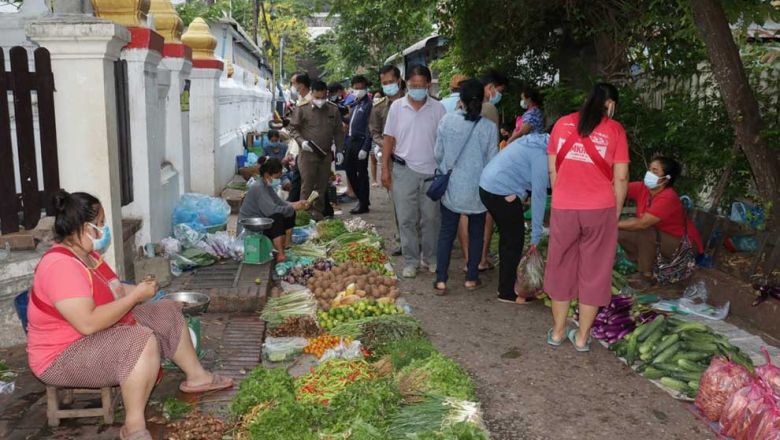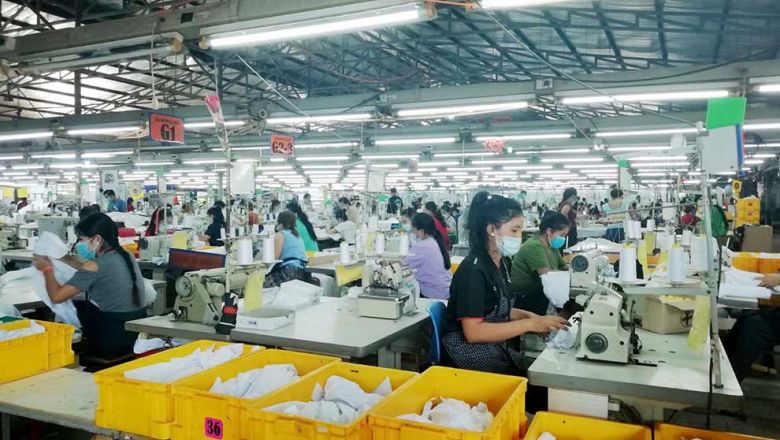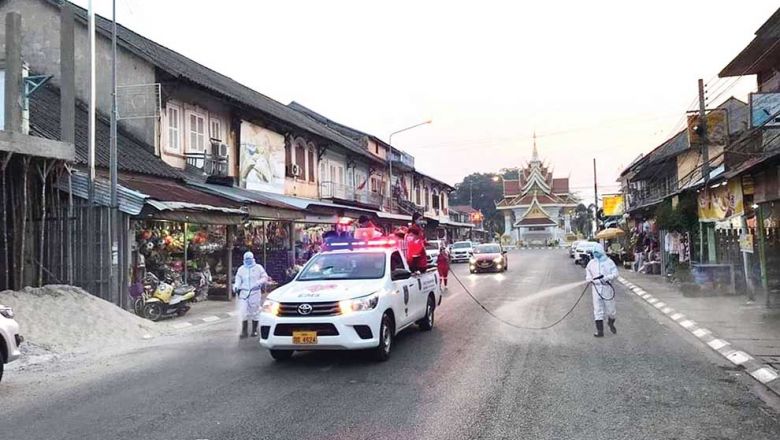IMF paints positive picture for global economic growth
IMF paints positive picture for global economic growth
Economic activity is projected to pick up its pace in 2017 and 2018, especially in emerging markets and developing economies, according to the International Monetary Fund (IMF)'s recent World Economic Outlook Update.
The report also predicts improved economic growth amongst Laos' major trading partners, Asean and China.
The economic growth of the Asean 5 (Indonesia, Malaysia, Philippines, Thailand and Vietnam) is projected to expand from 4.8 percent in 2016 to 4.9 percent in 2017 and 5.2 percent in 2018.
The economic improvement in Asean and China could also create greater momentum for stronger economic growth in Laos this year and next, helping to drive regional integration.
Among a dvanced economies, activity rebounded strongly in the United States after a weak first half of 2016, and the economy is approaching full employment, according to the IMF.
The outlook for advanced economies has improved for 2017�18, reflecting somewhat stronger activity in the second half of 2016 as well as a projected fiscal stimulus in the United States.
Growth prospects have slightly worsened for emerging markets and developing economies, where financial conditions have typically tightened. Near-term growth prospects were revised up for China due to expected policy stimulus but were then revised down for a number of other large economies - most notably India and Brazil.
The growth rate in China was a bit stronger than expected, supported by continued policy stimulus but activity was weaker than expected in some Latin American countries currently in recession.
Oil prices have increased in recent weeks, reflecting an agreement among major producers to trim supply. With strong infrastructure and real estate investment in China as well as expectations of fiscal easing in the United States, prices for base metals have also strengthened.
Growth projections for 2017 have also been revised upward for Germany, Japan, Spain, and the United Kingdom, mostly on account of a stronger-than-expected performance during the latter part of 2016.
Last year, the Lao economy grew at a rate of 6.9 percent while Lao economists say the country's economy will continue to grow at about 7 percent this year as many new mega-projects that have been delayed in past years have now commenced.
The IMF said that emerging markets and developing economies also face diverse cyclical positions and structural challenges.
The IMF recommended that enhancing financial resilience can reduce the vulnerability to a tightening of global financial conditions, sharp currency movements, and the risk of capital flow reversals.
Economies with large and rising nonfinancial debt, un-hedged foreign liabilities, or heavy reliance on short-term borrowing to fund longer-term investments must adopt stronger risk management practices and contain balance sheet mismatches.
In low-income countries that have seen their fiscal buffers decrease over the last few years, the priority is to restore those buffers while continuing to spend efficiently on critical capital needs and social outlays, strengthen debt management, improve domestic revenue mobilisation, and implement structural reforms.

















